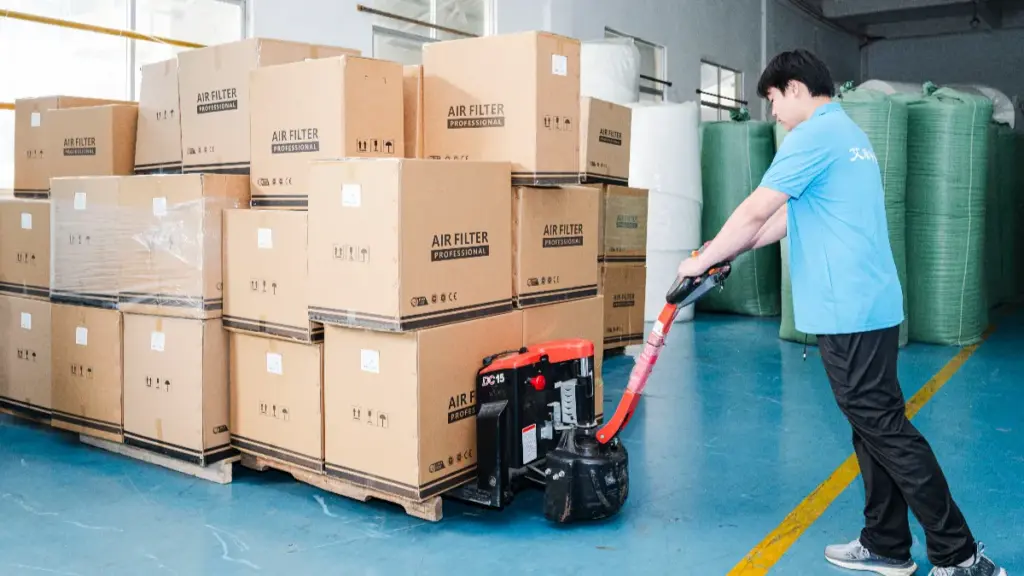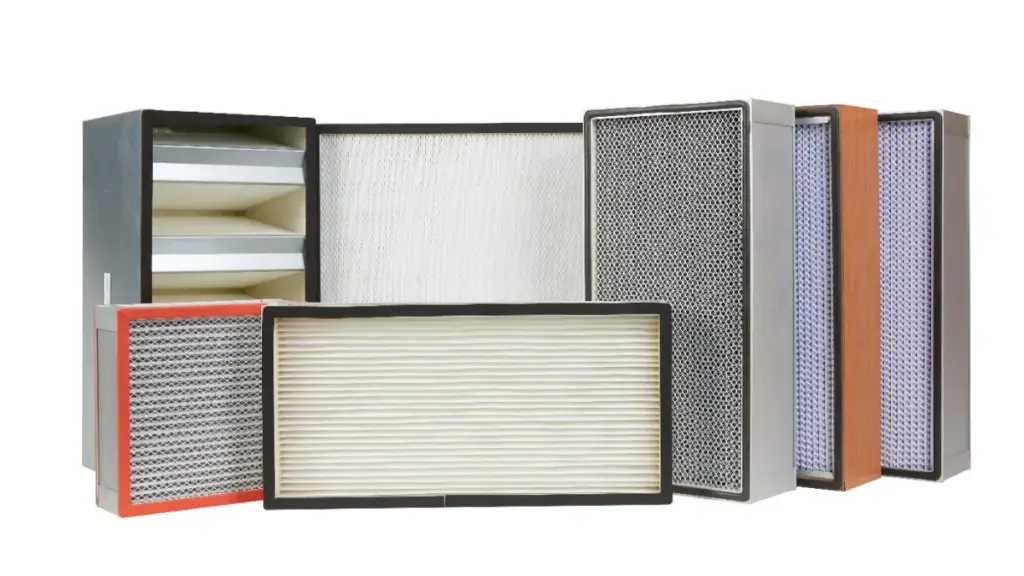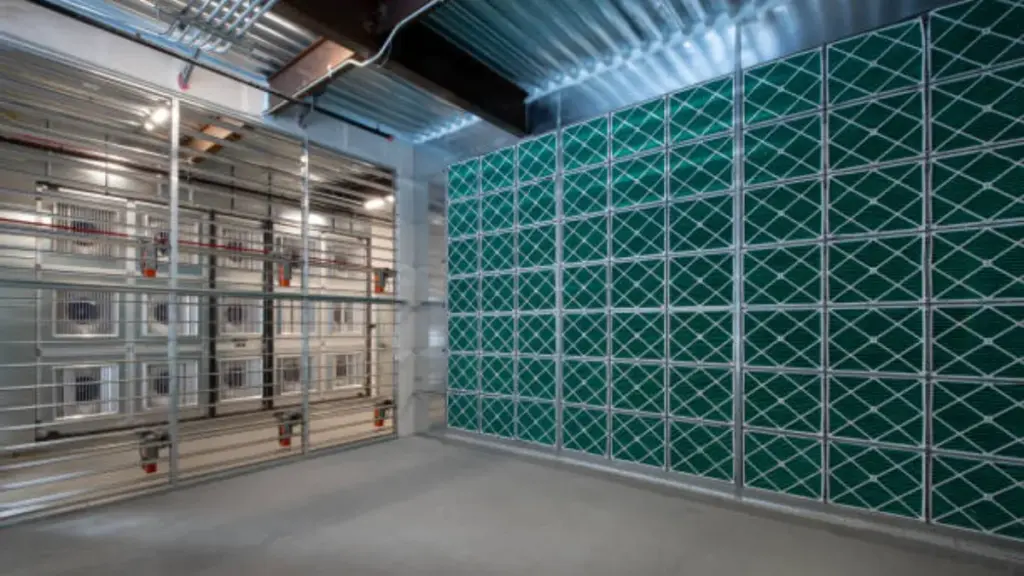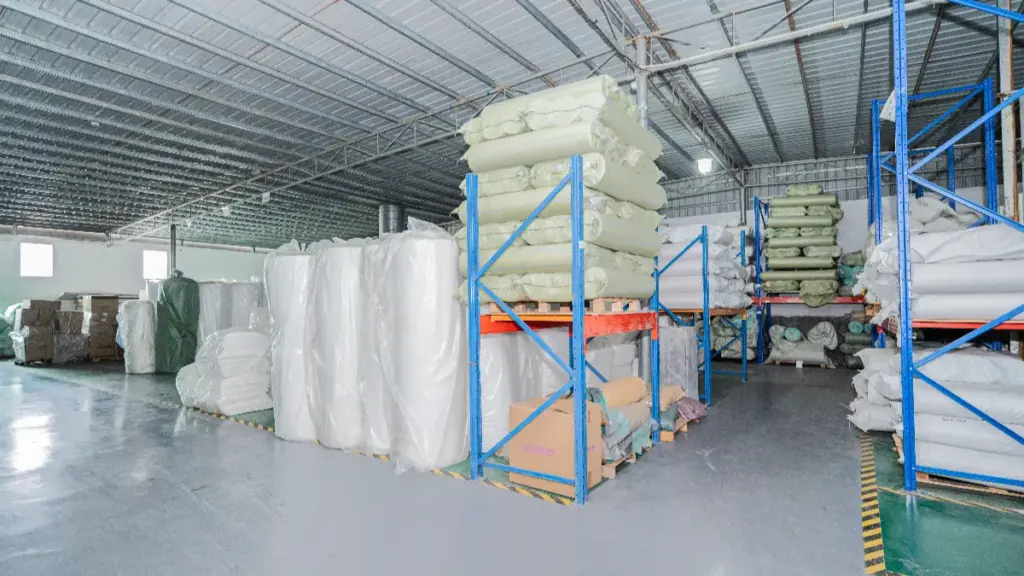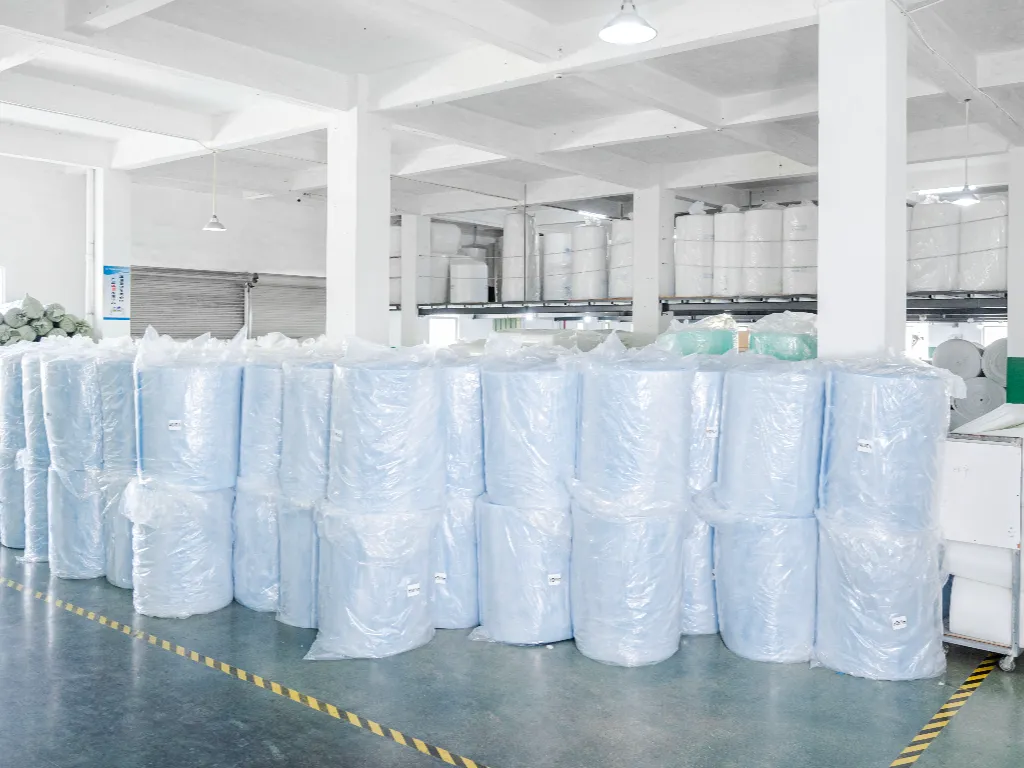En ce qui concerne les filtres à air, L'une des questions les plus courantes que les gens posent est: Dans quelle direction est un filtre à air? Cela semble simple, Mais la réponse a un grand impact sur le fonctionnement de votre système. Que vous installiez vous-même un filtre ou achetez des filtres pour votre entreprise, Comprendre la direction du filtre à air du flux d'air est essentiel. Se tromper peut réduire l'efficacité du filtre, équipement de dommage, et vous coûter plus à long terme.
Dans cet article, Nous allons explorer tout ce que vous devez savoir sur l'installation du filtre à air, y compris comment lire la direction de la flèche du filtre à air, les différents types de filtres à air, et les meilleures pratiques pour maintenir l'efficacité du filtre. Plongeons-nous dans.
Quoi Fait La direction de la flèche du filtre à air signifie
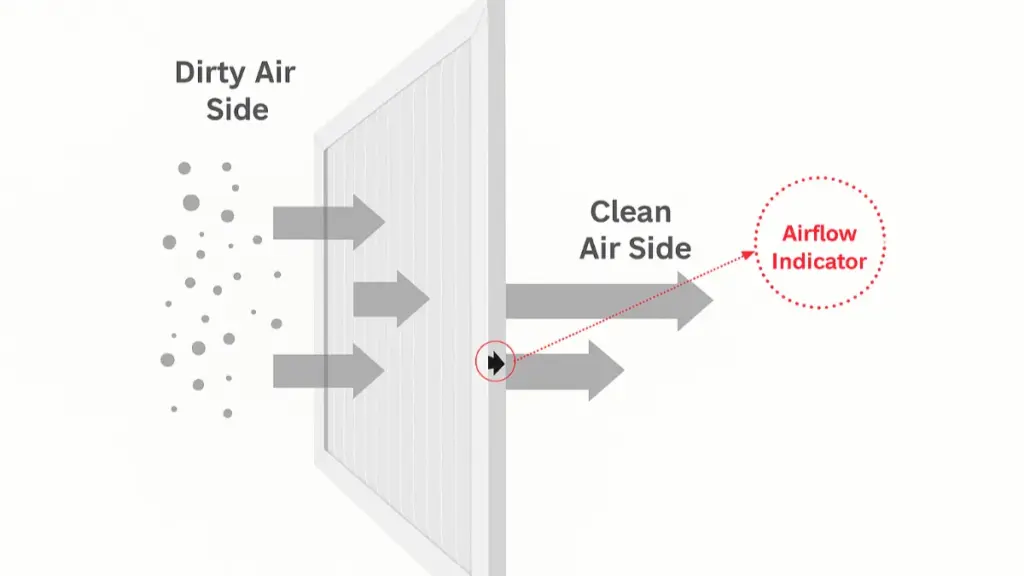
La flèche sur un filtre à air pointe dans le sens du flux d'air. Cela signifie que la flèche doit toujours faire face à la partie de votre système où l'air se déplace ensuite, comme le ventilateur de ventilateur dans les systèmes HVAC ou la consommation de moteur dans les véhicules.
Les filtres sont conçus avec des couches de supports qui capturent la poussière, pollen, et autres particules. La structure de ces couches n'est pas symétrique. L'air doit passer de manière spécifique pour piéger efficacement les particules sans bloquer le flux d'air. C'est pourquoi la direction du flux de filtre à air doit correspondre au flux d'air du système.
Emplacements communs où les filtres à air sont installés
Savoir où les filtres à air sont installés est la première étape avant de les remplacer. Selon le système, Les filtres à air peuvent être trouvés dans plusieurs endroits communs. Voici les principaux endroits à vérifier:
1. Systèmes CVC
En chauffage, ventilation, et la climatisation (HVAC) unités, Les filtres à air sont généralement placés près du conduit d'air de retour ou à l'intérieur du gestionnaire d'air. Cet emplacement permet au filtre de capturer la poussière et les particules avant que l'air n'atteigne le ventilateur et les conduits.
2. Fours
Pour les fours à domicile, Les filtres sont souvent assis dans une fente juste avant le moteur du ventilateur. Cela aide à protéger les composants de la fournaise et améliore la qualité de l'air intérieur.
3. Arises d'air du moteur de véhicule
Des filtres à air de voiture et de camion sont installés dans le système d'admission d'air. Généralement, Le filtre est à l'intérieur d'un boîtier en plastique ou en métal près du baie moteur. Le filtre nettoie l'air extérieur avant son entrée dans le moteur pour la combustion.
4. Filtres à air de cabine dans les véhicules
De nombreux véhicules modernes ont des filtres à air de cabine situés derrière la boîte à gants ou sous le tableau de bord. Ces filtres nettoient l'air entrant dans le compartiment de passagers.
5. Unités de manutention de l'air industrielles
En milieu commercial et industriel, De grands filtres à air sont installés à l'intérieur des unités de manutention d'air (Sehus) ou conduits pour nettoyer l'air pour des bâtiments entiers ou des zones de production.
Choisir le droit Type of Filtre à air pour différents emplacements d'installation
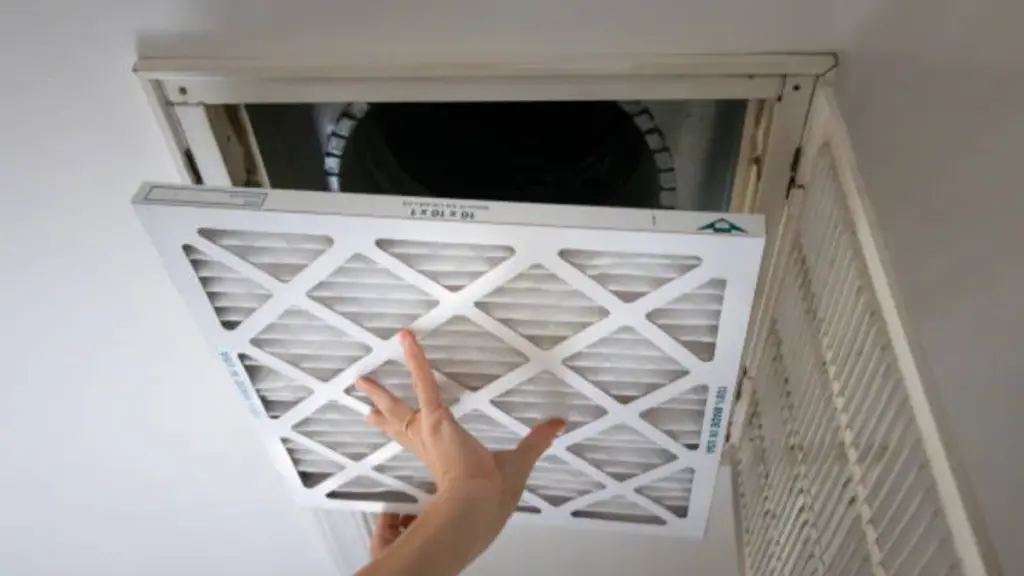
Une fois que nous avons découvert le filtre à air, Nous devons déterminer dans quels types de filtre à air nous appliquons. Différents filtres à air offrent différents niveaux de capture de particules et de résistance au flux d'air. Ci-dessous, Nous détaillons les types de filtre à air commun, leurs emplacements d'installation typiques, et leurs performances de filtration.
Filtres HEPA
HEPA (Air particulaire à haute efficacité) filtres Offrez l'efficacité de filtration la plus élevée, capturer au moins 99.97% de particules aussi petites que 0.3 microns. Ils sont les mieux adaptés aux environnements critiques comme les hôpitaux, laboratoires, et chambres propres. Les filtres HEPA sont généralement installés dans des unités de manutention d'air HVAC où l'espace le permet et où une pureté d'air supérieure est essentielle. Leurs médias denses nécessitent une direction de flux d'air approprié pour maintenir les performances.
Filtres à panneaux
Filtres à panneaux sont couramment utilisés dans les systèmes HVAC résidentiels et commerciaux. Ils ont généralement une efficacité de filtration modérée (Merv 6-11) et piéger efficacement la poussière, pollen, et de plus grandes particules en suspension dans l'air. Ces filtres sont installés près de bouches d'air de retour ou de gestionnaires d'air à l'intérieur. Leur conception plissée augmente la surface, Équilibrer la filtration et le flux d'air pour un usage quotidien.
Poche (Sac) Filtres
Filtres de poche fournir une surface plus grande avec plusieurs poches, Offrir une capacité de retenue de poussière plus élevée et un meilleur flux d'air que les filtres plats. Ils ont généralement une efficacité de filtration moyenne à élevée (Merv 11–13), Les rendre idéaux pour les bâtiments commerciaux et les applications industrielles avec des charges de particules plus élevées. Ces filtres sont installés dans de grandes unités de manutention d'air.
Filtres de banque en V
Filtres de banque en V Combinez une efficacité élevée avec une taille compacte. Généralement noté Merv 13 ou plus, Ils s'intègrent dans des espaces plus petits sans sacrifier les performances de filtration. Leur conception en forme de V augmente, leur permettant de gérer les charges de poussière plus lourdes tout en maintenant le flux d'air. Les filtres à banque en V conviennent les systèmes HVAC modernes nécessitant à la fois une efficacité spatiale et une forte filtration.
Filtres de cabine de peinture
Filtres de cabine de peinture sont spécialisés pour capturer la peinture de peinture et les particules fines dans les environnements de peinture industrielle. Leur efficacité de filtration varie en fonction du support mais est optimisée pour, particules lourdes. Ces filtres utilisent souvent des matériaux fibreux en couches ou du carbone activé et doivent être installés après le flux d'air correct pour éviter le colmatage rapide.
Filtre à air commun Tailles
En plus de choisir le bon type de filtre à air pour votre système, Il est également important de confirmer la taille du filtre correct avant le remplacement. Les filtres à air sont disponibles dans une variété de tailles standard pour s'adapter à différents systèmes et équipements. Les tailles les plus courantes pour les filtres HVAC résidentiels comprennent:
- 16 x 20 x 1 pouces
- 20 x 20 x 1 pouces
- 16 x 25 x 1 pouces
- 20 x 25 x 1 pouces
L'épaisseur peut varier, Typiquement allant de 1 semecter 4 pouces ou plus pour les filtres commerciaux. Les filtres industriels et de véhicules ont souvent des tailles personnalisées adaptées à un équipement spécifique.
Notes Merv pour filtres à air
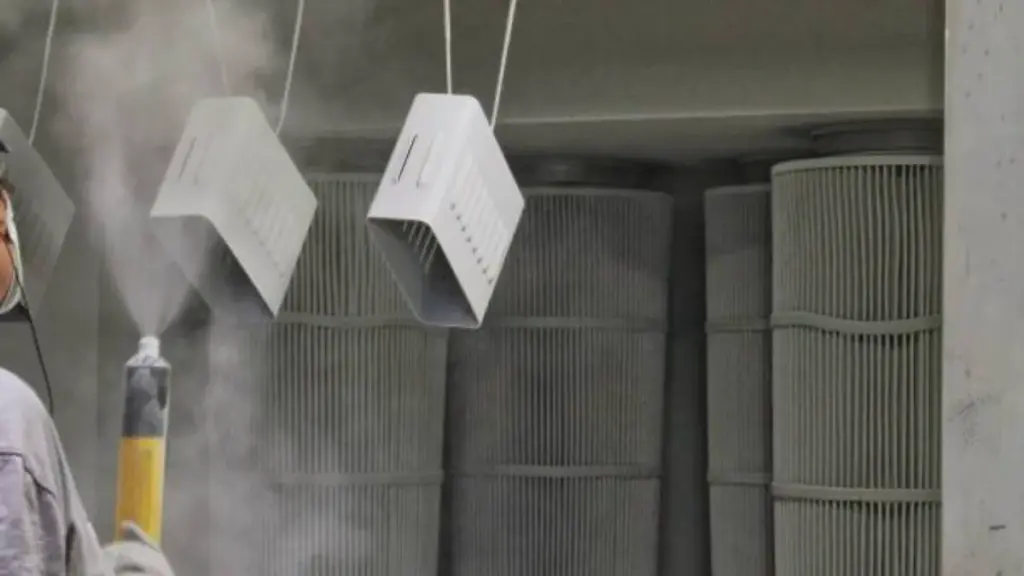
Mât (Valeur de rapports d'efficacité minimale) est une note standardisée qui mesure la capacité d'un filtre à air à capturer des particules de différentes tailles. C'est aussi un facteur important que vous devez considérer lorsque vous remplacez les filtres à air. Les notes vont de 1 à 16, avec des nombres plus élevés indiquant une meilleure filtration.
Également lire: De quelle note Merv ai-je besoin pour la maison?
| Merv | Taille des particules capturée | Applications typiques | Description de l'efficacité |
| 1 – 4 | >10 microns (poussière, pollen) | Filtres résidentiels de base | Capture de grandes particules, faible efficacité |
| 5 – 8 | 3–10 microns (spores de moule, squames pour animaux de compagnie) | Résidentiel standard et commercial | Efficacité moyenne pour les polluants communs |
| 9 – 12 | 1–3 microns (poussière fine, quelques bactéries) | Hôpitaux, écoles, maisons de meilleure qualité | Haute efficacité pour les particules plus fines |
| 13 – 16 | 0.3–1 micron (fumée, bactéries, virus) | Chambres propres, installations médicales | Efficacité très élevée pour les petites particules |
Comment installer correctement votre filtre à air

Après avoir compris la direction de la flèche, type de filtre, taille, et la note Merv, La prochaine étape consiste à vous assurer de mettre votre filtre de la bonne manière.
- Trouvez la direction du flux d'air dans votre système. Regardez votre unité ou moteur CVC pour voir où l'air entre et où il s'écoule.
- Localisez la flèche sur le cadre du filtre. Cela montre la bonne direction pour le flux d'air à travers le filtre.
- Alignez la flèche avec le flux d'air. La flèche doit pointer du côté de l'air sale vers le côté de l'air propre.
- Insérer le filtre en toute sécurité. Assurez-vous qu'il s'adapte parfaitement sans lacunes où l'air peut contourner le filtre.
- Vérifiez tous les clips ou attaches. Fixez-les pour garder le filtre stable pendant le fonctionnement.
- Vérifiez avant la fermeture de l'unité. Confirmez la flèche du filtre correspond au flux d'air une dernière fois.
Que se passe-t-il si vous mettez un filtre à air en arrière
L'installation d'un filtre à air vers l'arrière est une erreur courante qui peut sérieusement affecter les performances et la qualité de l'air. Voici ce qui se passe lorsque la direction du flux d'air est erronée.
- Efficacité de filtration plus faible: Le milieu du filtre est conçu pour attraper la poussière lorsque l'air s'écoule dans la bonne direction. L'installation arrière permet de se glisser vers la poussière.
- Faire des dégâts: Certains matériaux de filtre à air reposent sur le flux d'air pour le support structurel. Le flux d'air inversé peut déchirer ou effondrer les médias.
- Dommages causés par le système: Le flux d'air réduit peut provoquer la surchauffe des moteurs ou les ventilateurs de CVC pour se sauver, conduisant à des réparations coûteuses.
- Modifications de filtre plus fréquentes: Les filtres installés en arrière ont tendance à obstruer plus rapidement et à remplacer plus tôt.
Conseils pour maintenir l'efficacité du filtre à air
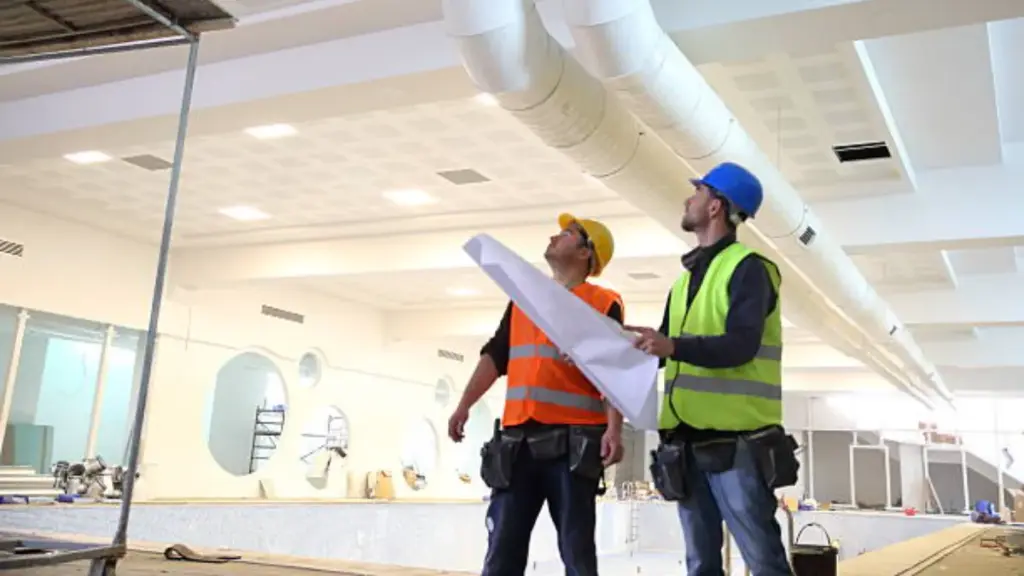
Même les meilleurs filtres à air ont besoin de soins pour bien fonctionner avec le temps. Voici des conseils pratiques pour garder vos filtres efficaces:
- Remplacez régulièrement les filtres. En fonction de l'environnement et du type de filtre, Cela peut aller de tous les mois à tous les six mois.
- Gardez le boîtier de filtre propre. La saleté et la poussière autour du filtre peuvent réduire son efficacité et raccourcir la vie.
- Installez toujours correctement les filtres. Vérifiez la direction du flux de filtre à air à chaque fois.
- Utilisez les pré-filtres dans des environnements poussiéreux. Ils piègent d'abord les particules plus grandes, Protéger votre filtre principal.
- Stocker correctement les filtres de rechange. Gardez-les au sec et sans poussière avant utilisation.
- Considérez les notes de filtre. Notes plus élevées (Comme Merv ou FPR) signifie une meilleure filtration mais peut également restreindre le flux d'air. Choisissez des filtres à air qui équilibrent l'efficacité et le flux d'air pour votre système.
En suivant ces étapes simples, Vous protégez votre investissement et vous assurez de l'air propre avec moins de tracas.
À la recherche de fiables, filtres à air de haute qualité? Choisir Filtre aéré, Votre fabricant de filtre à air de confiance avec une forte capacité de production dépassant 200,000 unités par mois. Nous nous spécialisons dans les filtres HEPA, filtres de poche, filtres à panneaux, Filtres de cabine de peinture, Et plus. Avec un moq bas de 50+, Nous répondons aux entreprises de toutes tailles et fournissons des solutions de filtration d'air complètes adaptées à vos besoins. Le partenariat avec Airy Filter peut vous aider à obtenir des produits durables, soutien expert, et livraison rapide.
Contactez-nous aujourd'hui Pour améliorer votre qualité de l'air et protéger vos systèmes avec des filtres conçus pour les performances et la fiabilité.
FAQ
Q1: Et si mon filtre n'a pas de flèche?
S'il n'y a pas de flèche, Vérifiez le flux d'air de votre système ou consultez le manuel. Typiquement, L'air s'écoule de l'évent de retour vers le ventilateur dans le CVC, ou de l'admission au moteur dans les véhicules.
Q2: Dans quelle direction le filtre à air va-t-il dans les systèmes HVAC?
Dans les systèmes HVAC, La flèche du filtre à air devrait pointer dans le sens du flux d'air - généralement vers le moteur ou le fournaise. Cela signifie que la flèche est éloignée du conduit d'air de retour et dans le système.
Q3: À quelle fréquence dois-je changer mon filtre à air?
Cela dépend du type de filtre et de l'environnement. Les maisons ont généralement besoin de changements chaque 1-3 mois. Les voitures pourraient avoir besoin de nouveaux filtres chaque 12,000 à 15,000 kilomètres.
Q4: Que se passe-t-il si j'installe le filtre vers l'arrière?
Le problème le plus courant est une simple inefficacité. Les filtres sont effectués de sorte que le côté dense fait face à l'entrée (sale) air. Si le filtre est installé vers l'arrière, Les couches de filtre se chargent dans le mauvais ordre et la couche fine obstruent plus tôt. Qui provoque une résistance au flux d'air plus élevée (chute de pression), qui augmente la consommation d'énergie et les coûts d'exploitation.

